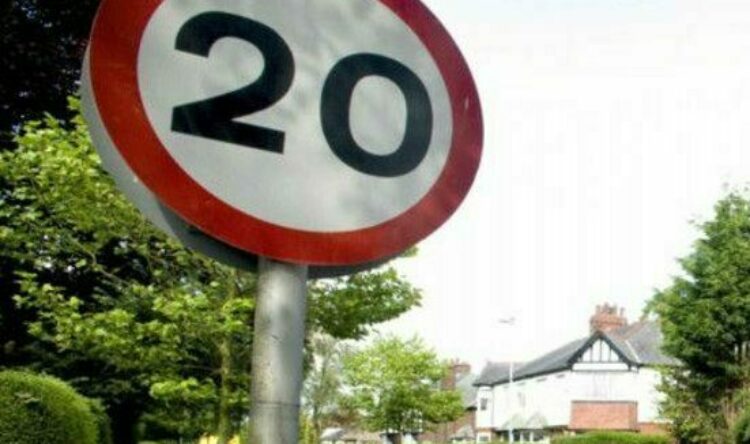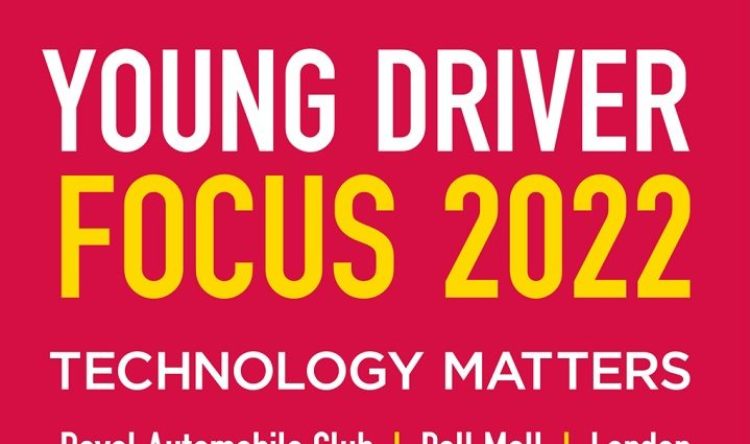Drive fast, die young
Isn't it time we changed the story
Young male drivers and excessive risk-taking, followed by death and carnage; it’s all too familiar a story.
For all the years I have been involved in road safety, this has remained a headline topic.
It seems crazy that despite this, very little has been achieved to change the storyline.
Turning the key
It’s not that there haven’t been any well-intentioned attempts to rewrite the storyline. However, they have often lacked evidential basis and largely failed.
Some will argue that the crash and casualty statistics have improved over the last twenty or thirty years, and that can’t be argued against. However, considering the vast improvements in occupant safety, driver aids, and the improved quality and strength of cars, the stats show that drivers have seemingly undergone little improvement. Some would argue that the rise of technology, comfort and driver aids has made drivers more complacent about safety, less responsible behind the wheel, and with an increasingly invincible attitude.
Alongside this, the right to drive, personal freedom and vehicle ownership have only increased the view that deaths on the road are inevitable and there is little worth doing about it.
But isn’t one life lost on the road always one too many?
And isn’t one life negatively changed forever by a crash one too many?
Isn’t a humane society one that strives to minimise the suffering of its members?
When it comes to the young, don’t we have a responsibility to protect and educate them as well as we can?
Getting into gear
Last week, an open letter was signed by academics and road safety professionals.
The idea was to raise the issue of young driver deaths as a political issue.
As a general election approaches this year, attempting to steer the debate on this subject is very apt.
If the topic is forced upon political parties, politicians, and prospective politicians, it may become part of the policy machine and included in manifestos.
After all, road traffic crashes account for around 15% of all deaths for young adults aged between 15 and 25 and over a fifth of all deaths amongst people aged between 15 and 19.
No accident
The use of the word ‘accidents’ when it comes to car crashes is symptomatic of our inability to see them as preventable.
Cars and driving, the freedom they provide alongside the social acknowledgement they bring with them, are a big part of the problem.
Politicians rarely want to be seen impinging on voters’ personal freedoms. These freedoms are heralded as a right of a democratic society and represent the importance of responsibility to and of the individual.
Finding other ways to cater to individual transport needs across society complicates the issue politically and socially.
Promoting costs on an electorate, both socially and financially, is never a vote winner.
Difficult conversations
While the subject of how to cut road deaths and serious injuries, especially for young people, is a thorny issue, it should not mean that it isn’t dealt with.
This is central to the letter and views of the signatories.
For them, looking at, designing, and implementing some form of Graduated Driver Licensing (GDL) in the UK is key to improving the picture on our roads.
Yet, despite the subject of GDL being raised almost annually in the political sphere, nothing seems to materialise in the law books.
Look, listen and learn
The letter is just one part of this new push for political and, therefore, social change:
- Guardian letter signed by academics – MPs must act to save young drivers’ lives | Road safety | The Guardian
- Drive Fast, Die Young documentary – BBC iPlayer – Drive Fast Die Young
- Jamie’s podcast – 5 Minutes On – The young men driving themselves to death – BBC Sounds
- BBC story of the doc – The young men driving themselves to death – BBC Website
- BBC magazine style report of the doc from Jamie’s perspective – Chasing speed – Canvas (bbcrewind.co.uk)
- Crystal’s young driver petition https://petition.parliament.uk/petitions/655298
Drive Fast, Die Young is a short film that is particularly affecting.
These links are definitely worth passing on to learners and new drivers, but also for all of us to watch, listen to and act on.
Not all of us may agree with Graduated Driver Licensing or what exactly that should mean, but at the very least, we should all agree that more needs to be done and only government intervention can really drive this home.
Facing the facts
ADIs are crucial in educating young drivers, providing them with road safety skills, and encouraging responsible driving attitudes.
This work is essential, but it needs to be supported by a framework of other methods to restrain the worst effects of youthful risk-taking, peer pressures and ignorance.
Young male drivers are particularly dangerous to themselves and others.
Between June 2022 and June 2023, there were 1633 road deaths. Add to that the tens of thousands of serious and life-changing injuries.
Men are 77% more likely to be directly involved in these stats.
Men under 25 are four times more likely to be charged with dangerous and careless driving offences. Four times more likely to be driving over the limit for drink or drugs. Four times more likely to be killed or seriously injured and two times more likely to be charged with drunk driving.
Changing the conversation
Scare tactics rarely work.
One-to-one talks only have a negligible effect.
Fighting against the blind belief of invincibility in young people is an absolute necessity but difficult.
Hence, the use of restrictive measures on new and young drivers through the law seems increasingly necessary. Society has to try to help these drivers protect themselves from themselves. Furthermore, it has to help protect all of us road users from natural, youthful naivety, thrill-seeking, and irresponsible pushing of boundaries.
Driving is the most dangerous activity most people will ever engage in. Most people do it every day, but they do it with care and a nagging sense of fear of its dangerous consequences.
Young drivers see a very different road ahead of them.







